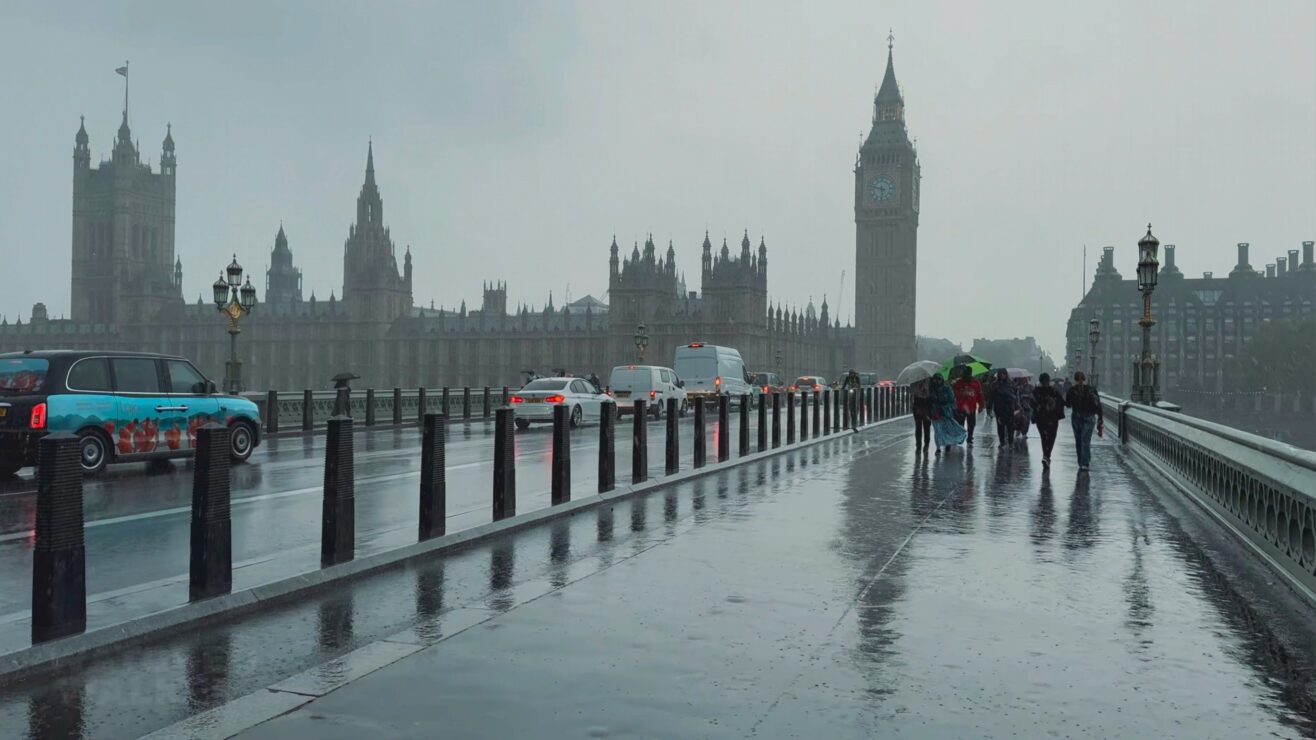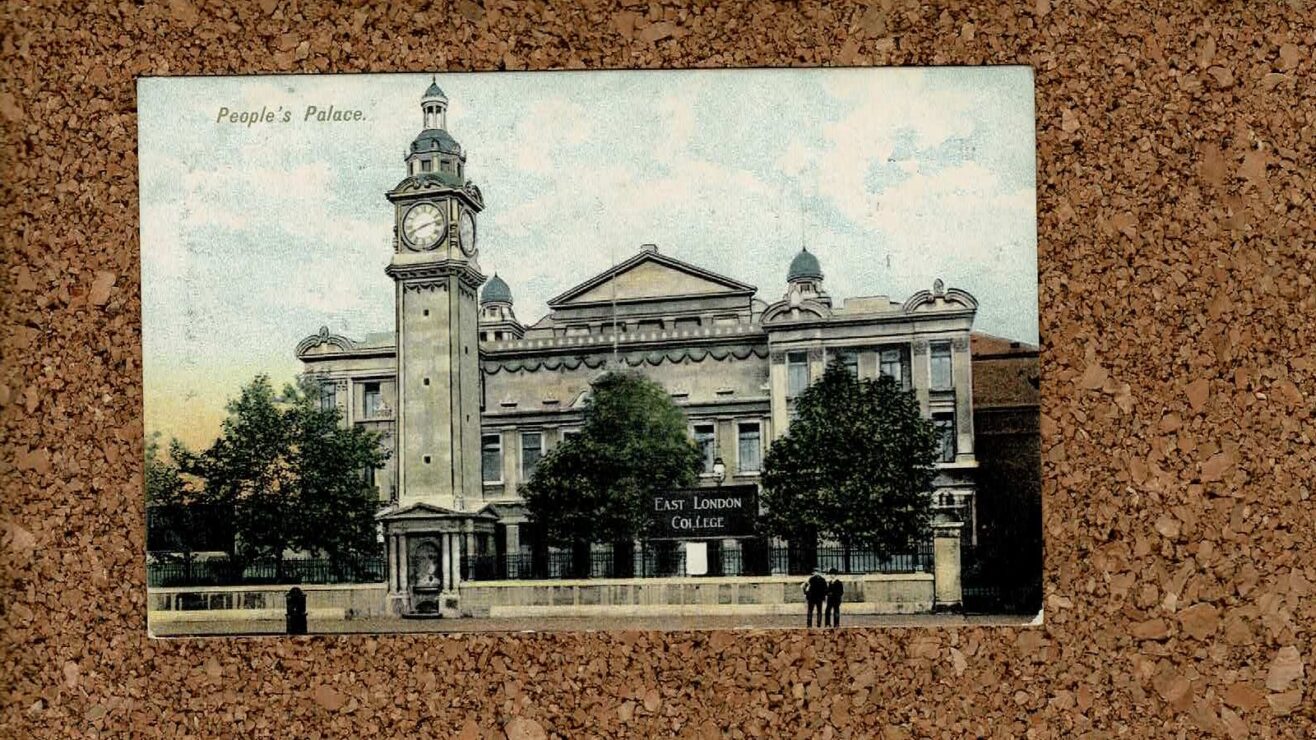Our narrative power to tell stories is as unique as our fingerprint and it is vital for understanding how people behave, engage and learn. Historically society has been defined by metanarratives – big stories, things like faiths like Christianity that claimed to have all the answers to life and that told us grand tales about our past, present and our purpose.
But across the last 200 years there has been a marked decline in belief in metanarratives, with the rise of industry, travel, communication and technology, today people are as likely to believe in “mini narratives” – a patchwork pick and mix of ideas and theories that we live our lives by, from our beliefs, to the clothes we wear, and the music we listen to.
When we think about storytelling it can take us immediately back to our childhoods. But storytelling isn’t just fairy tales: today it is fake news: disinformation, marketing, and influencing.
Stories can bring us together or they can tear us apart – look at Brexit, or any contemporary election. In business, civic organisations like universities, and across networks, stories are vital in building identity, trust and value. In research, effective storytelling can take a big complicated topic and distil it down to the takeaway essentials. Stories help us navigate difficult conversations and communicate across cultures and times.
Social media is storytelling. Each day the world sends an average of 269 billion emails, 95 million photos and videos on Instagram and 500 million tweets. Storytelling using digital tools can be an important form of outreach to communities and can also give voice to marginal groups or individuals otherwise sidelined in mainstream narratives. Effective stories can advocate for change, as well as bringing us into contact with new ways of thinking in a non-threatening way.
The power of collaboration
In my own work I have tried to use the power of narrative to shift the story on who gets to access opportunity in our creative industries, creative economy, culture, and the arts. My project with Michael Sheen, A Writing Chance, united a diverse group of people from the worlds of acting, newspapers, television, charities, publishing and media to take ten unknown working class writers and launch their careers as national journalists and authors in a sector usually dominated by middle class London based writers.
In my role as Director of the AHRC Creative Communities programme I lead a team to explore the role of cross sector collaborations between universities, government and the third and private sectors in creating new innovation and culture. The AHRC is a landmark funding council in terms of creative innovation. Its Place programme, projects like the NHS at 75 that captures the stories of NHS staff to inform future change making, and its digital observatories and infrastructure that feature in our Creative Communities report enables inclusive creative innovation and storytelling: a research culture that is by all, for all.
Leading these various projects has taught me that true innovation happens when, “Avengers assemble” style, we get a group of unlikely allies together to fight in a common cause. But if we all want to be change makers then we have to be prepared to work across sectors to solve problems, not just within our own disciplinary boundaries. Creative innovation means refusing to stay in your lane. Getting out of your comfort zone and working with people who are not from your world is key to creating change. Comfort is great, but connectivity is where real innovation happens.
The way we teach and assess has to reflect this. One thing uniting my very different projects is a concern with opening doors for different people to participate, bringing new faces to the table of opportunity and harnessing the power of technology to achieve this and to overcome organisational and strategic barriers. Effective, industry engaged and continually evolving pedagogy in education is vital to achieving this for me as an educator and a researcher.
Generation digital
Many students are arriving into education today with greater digital skills than ever before. My ten year old goddaughter can film, edit and upload a Tiktok of her morning routine and send it to me, all on the move, before she starts her working day. In higher education, our students are coding and creating before they hit the classroom. We need to be able to harness this potential and deal with differentiation of digital literacies and abilities in our approaches to teaching and assessment.
Education needs to embrace the fact that innovation can be playful and practice based. When you see kids trying to solve a puzzle they don’t each take part of it and then retreat to separate corners of the room to decipher it. They all get stuck in together, uniting their different knowledges, perspectives and styles of approach to tackle the challenge. Why, then, do contemporary educational assessment and R&D systems encourage us to approach some of the major challenges facing the world today in disciplinary isolation, or in rigid subject structures? Some challenges and some contexts do need single discipline approaches, but many don’t and that balance is not reflected in the delivery of R&D or assessment currently.
In order to disrupt we must be fluent – fluency is necessary to challenge not only the language we use in discovery but how we discover, what we discover and the cultures and practices of discovery operationalised within our institutions and organisations. Fluency means stopping thinking about digital for its utility value only and starting to think about how it can build capacity for change in you and where you want to make change happen. Fluency means not only speaking the language of the subject, it means being able to communicate compelling narratives that capture understanding and engagement in others.
Some universities are embracing “turn it on” campaigns – in the face of a world that tells you to turn your devices off or takes them away, this strategy empowers students to use laptops, phones, or tablets in teaching to look up content, create, and engage as part of the learning process. By helping to upskill students in digital fluency, we can boost engagement, facilitate deep learning and empower them with the agency of transferable powers that can be applied creatively in other contexts. Importantly, it also creates opportunities for students to develop creative leadership skills, and to encounter and overcome resistance within groups. This is a foundation for flexible problem solving within and beyond education and has much to offer an increasingly divided society.
This is important because both digital and narrative are exponential multipliers: while incremental change is linear and additive, exponential is non-linear and multiplicative.
The more digitally fluent you are the more exponential changes you can make. This means having sharp intellectual and interpersonal skills – the skills that foster social competence, making you a more effective and integrated member of your community and society.
Untapped seam
These developments in storytelling, creativity and tech are increasingly forcing disciplines to change and shift. At Northumbria University we have worked with the second biggest publisher in the world Hachette to develop the first ever MA in Publishing that is co-designed and co-delivered with a publisher using their staff and live briefs, including placements to grow the next generations of publishing talent in the North East.
Today, creativity is the coal of the contemporary UK economy – it is a massive untapped seam that in the hands of our devolved nations and regions can be harnessed to fuel real growth and innovation, and to shift the narrative about who we are, what we do and why we do it.
To maximise the potential of that creative innovation we need a level playing field. The levelling up agenda in the UK cannot just be about investing in new buildings when there’s no businesses to fill them. It can’t be just building houses when no one can afford mortgages to buy them. It’s not incentivising people to live in an area that doesn’t have the culture or infrastructure to support them to thrive. Levelling up is something that can ever be done to us, it has to be done with us.
Digital and storytelling are skills vital to delivering the levelling up missions. Just giving people access to tech is not enough. We need to embed creativity and digital skills in a coherent curriculum that runs from early years to HE and beyond, that welcomes in CPD and returners to education to be constantly upskilled in the latest developments and careers, and that speaks across disciplines to stretch the reach of creativity.
Some of the biggest challenges facing us today are impossible to address without digital storytelling. Our education system and especially our universities have huge potential to create change and take on the challenges of tomorrow but we can not do this in isolation. The power of partnership is key to confronting the challenges that will define the world we live in and we need to start working and learning in more collaborative ways to facilitate these cross sector connections. Creating a culture of cooperation will not be easy: everything from government funding to university league tables to classroom grading encourages us to compete against one another. But that culture of competition ultimately is holding us back from pushing at these received modes of delivery in education and innovation and shaping them to develop the tools we need to make change happen.
This article is an edited version of a talk given at an Adobe Creative Communities Conference in March 2024. Find out how Adobe can help your institution prepare students for the future.












